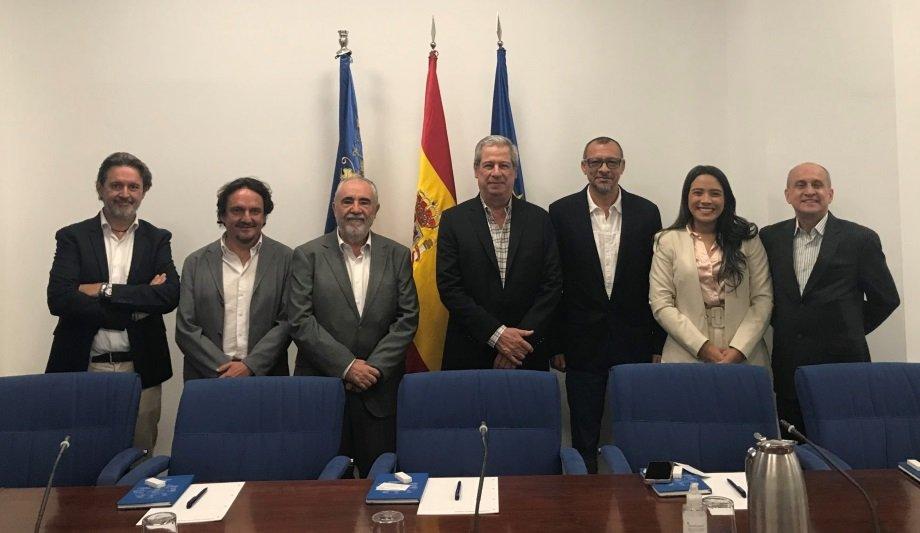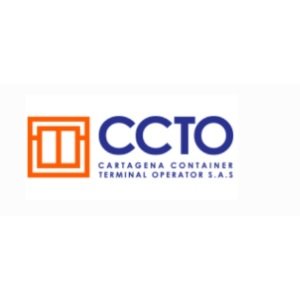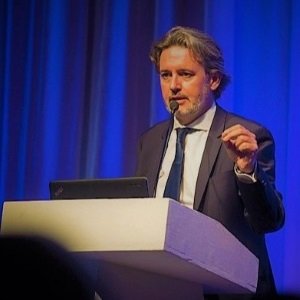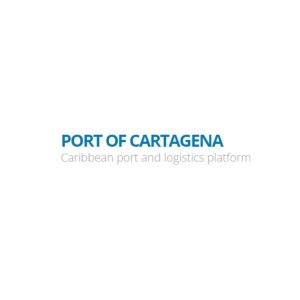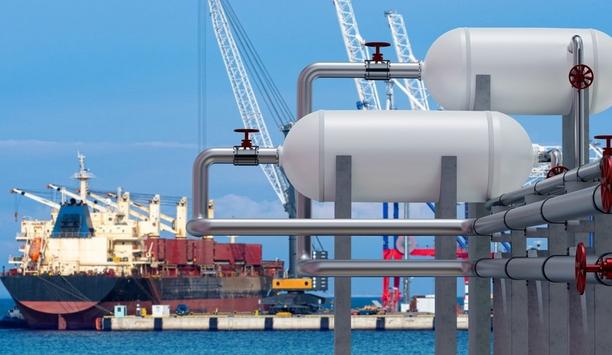Sustainability, open innovation, and connectivity projects have focused the interest of a delegation from the Port of Cartagena in Colombia who have visited the Port of Valencia where they have held a meeting with representatives of the Port Authority of Valencia (PAV).
The General Manager of the PAV, Francesc Sánchez, gave a presentation of the facilities and services of Valenciaport, highlighting the infrastructures such as the new container or passenger terminal, the environmental initiatives such as the installation of photovoltaic plants or the innovative tools such as ValenciaportPCS.
Fourth largest container
The Colombian port was represented by the manager of the Cartagena Container Terminal (CONTECAR), Juan Carlos Acosta, the head of Port Equipment Maintenance of the Sociedad Portuaria Regional Cartagena (SPRC), Juan Carlos Silva, the Training and Development analyst of CONTECAR, Alexandra Verhelst and the superintendent of Physical Safety and Security of SPRC, Luis Fernando Chavez.
The delegation visited the South Contradique and the North Extension where the new container terminal will be located in the inland waters to learn about the activity of the fourth largest container port in Europe and the main port in the Mediterranean.
Developing innovative ideas
The Port of Cartagena represents 75% of the volume of imports in the area and 55% of exports
The Director of the Valenciaport Foundation, Antonio Torregrosa, and the head of International Business Development, Miguel Garín, accompanied the Colombian representatives during the tour of the Port of Valencia and explained some of the projects such as Opentop, the open innovation centre for the port logistics sector which will serve as a lever to attract talent and develop innovative ideas and solutions.
The Port of Cartagena represents 75% of the volume of imports in the area and 55% of exports. It stands out for its mainly agricultural activity and has an economic impact of more than 2,000,000 dollars, due to the marketing of vegetables and fruit.
The vast majority of these goods arrive at the port to be exported to other regions. It is also the main Colombian seaport for the arrival of tourists.
